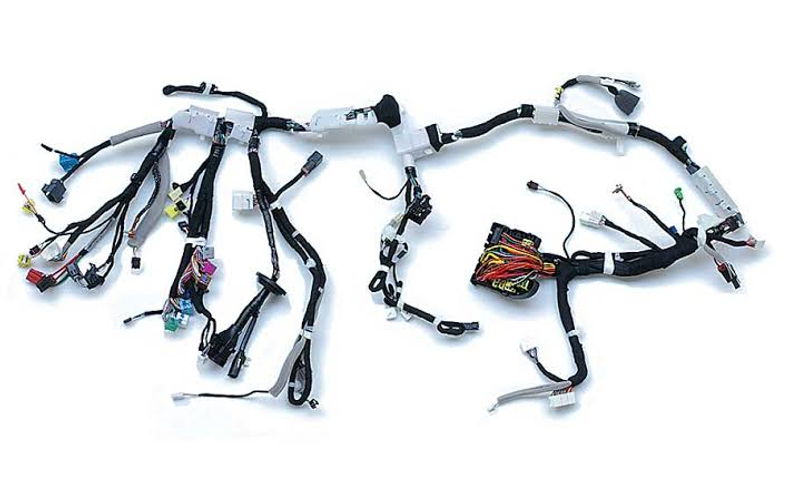ThreeImportant Things Regarding IPC 620 Standard

The IPC/WHMA-A-620 standard applies to the cable assembly and wire harness industry. It prescribes practices and requirements for manufacturing cable, wire, and harness assemblies. IPC 620 standard elaborates on materials, methods, tests, and acceptability criteria for the production of crimped, mechanically secured, and soldered interconnections, and associated assembly activities. The given standard was jointly created by Association Connecting Electronics Industries (IPC) and the Wire and Harness Manufacturers Association (WHMA). It was originally released in the year 2002, and now it has become the most widely used industry standard against which one measures quality standards.
Difference Between IPC 610 And IPC 620 Standards
IPC 620 standard prescribes practices and requirements for manufacturing cable, wire, and harness assemblies, whereas IPC 610 is the standard for PCB production. IPC-WHMA-A-620 describes acceptability criteria for soldered interconnections and the corresponding lacing/restraining criteria within the cable, wire, and harness assemblies. IPC-A-610 is the source for end-product acceptance criteria for consumer and high-reliability PCB assemblies.
Latest Revisions of The IPC 620 Standard
There is a newly released D revision of IPC/WHMA-A-620, Requirements, and Acceptance for Cable and Wire Harness Assemblies. It is a joint effort of IPC and the Wire Harness Manufacturer’s Association (WHMA). IPC/WHMA-A-620D is 420 pages long. The current revision addresses more than 375 documented comments and recommendations from users throughout the industry. Changes are made in Section 18 solderless wrap criteria and it consists of a new section for over-molding of flexible flat ribbon. A major change was to remove the “target condition” from the entire standard. Target conditions are those that are close to perfect, as well as acceptable conditions. IPC 620 features several new or revised graphics. It was released in January 2020 and has more than 700 full-color pictures and illustrations.
Three Different Classes of Products Under IPC 620
Three different classes of products apply to cable, wire, and harness assemblies in the IPC 620 standard. Each of these classes includes criteria for Target, Acceptable, Process Indicator, and Defect conditions. It establishes the different quality levels that reflect the expected reliability and life span of various end products.
Class 1: General Electronics Products
The general electronics products under class 1 are suitable for applications where the major requirement is the function of the completed assembly. The examples under the general electronic products class include consumer devices.
Class 2: Dedicated Service Electronics Products
Under IPC/WHMA-A-620 Class 2 products, continued performance, and extended life are important requirements. For the dedicated service electronics products, uninterrupted service is desirable but not critical. The examples which may come under this category are TVs, communications equipment, game systems, home computing, and telephones. The lifetime of these products is longer than class 1 and has a higher amount of usage.
Class 3: High-Reliability Electronics Products
For class 3 products, continued performance or performance-on-demand is critical. In such products, equipment downtime cannot be tolerated, and it may be put to use in uncommonly harsh environments. This equipment must function when required. Examples of this class of products are life support systems and other critical systems.
To Conclude:
The use of the IPC 620 standard requires agreement on the classes to which the given product belongs. The standard appropriately sets expectations between customers and suppliers for the level of quality expected in the cable assembly and wire harness industry.
 847-797-9250
847-797-9250